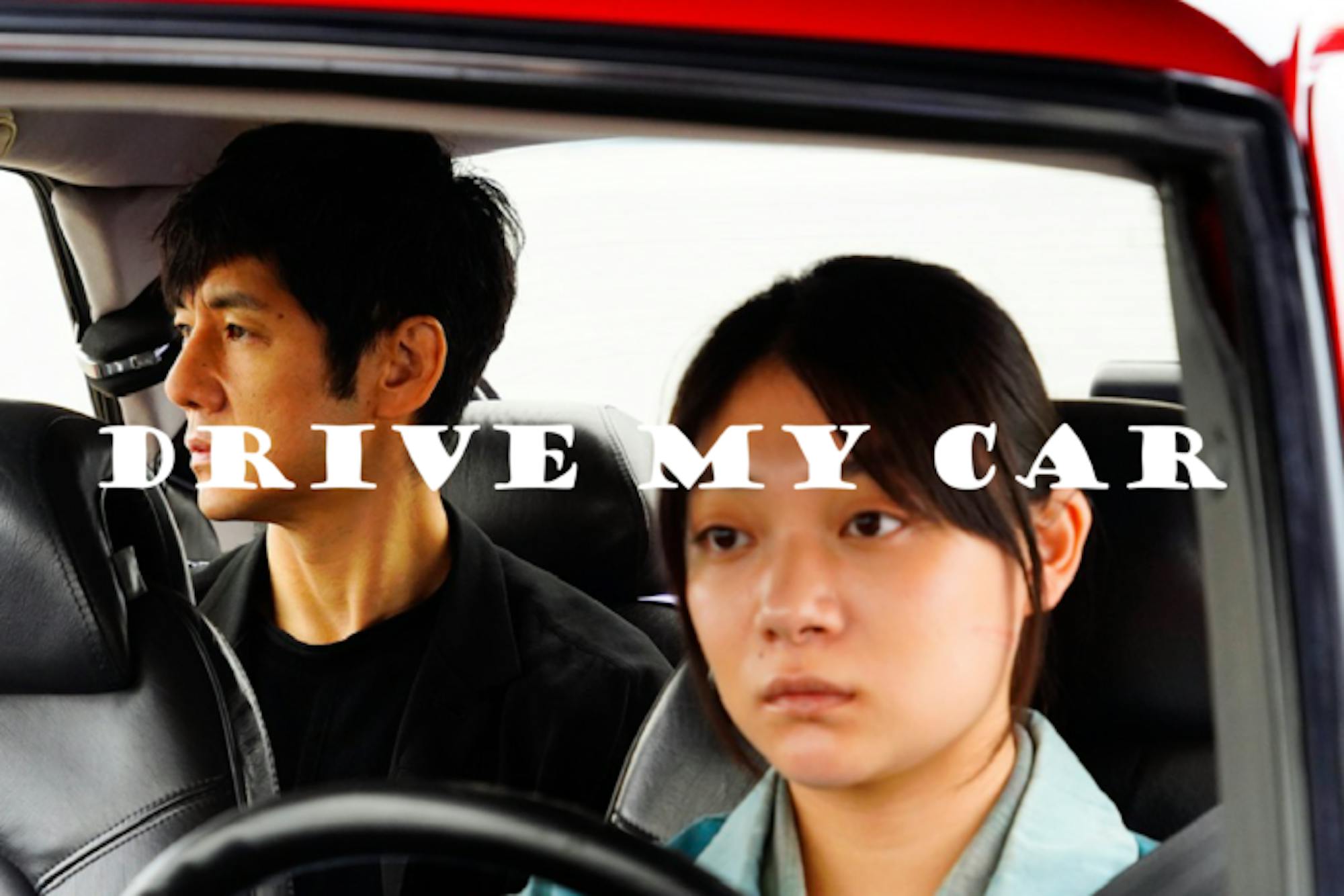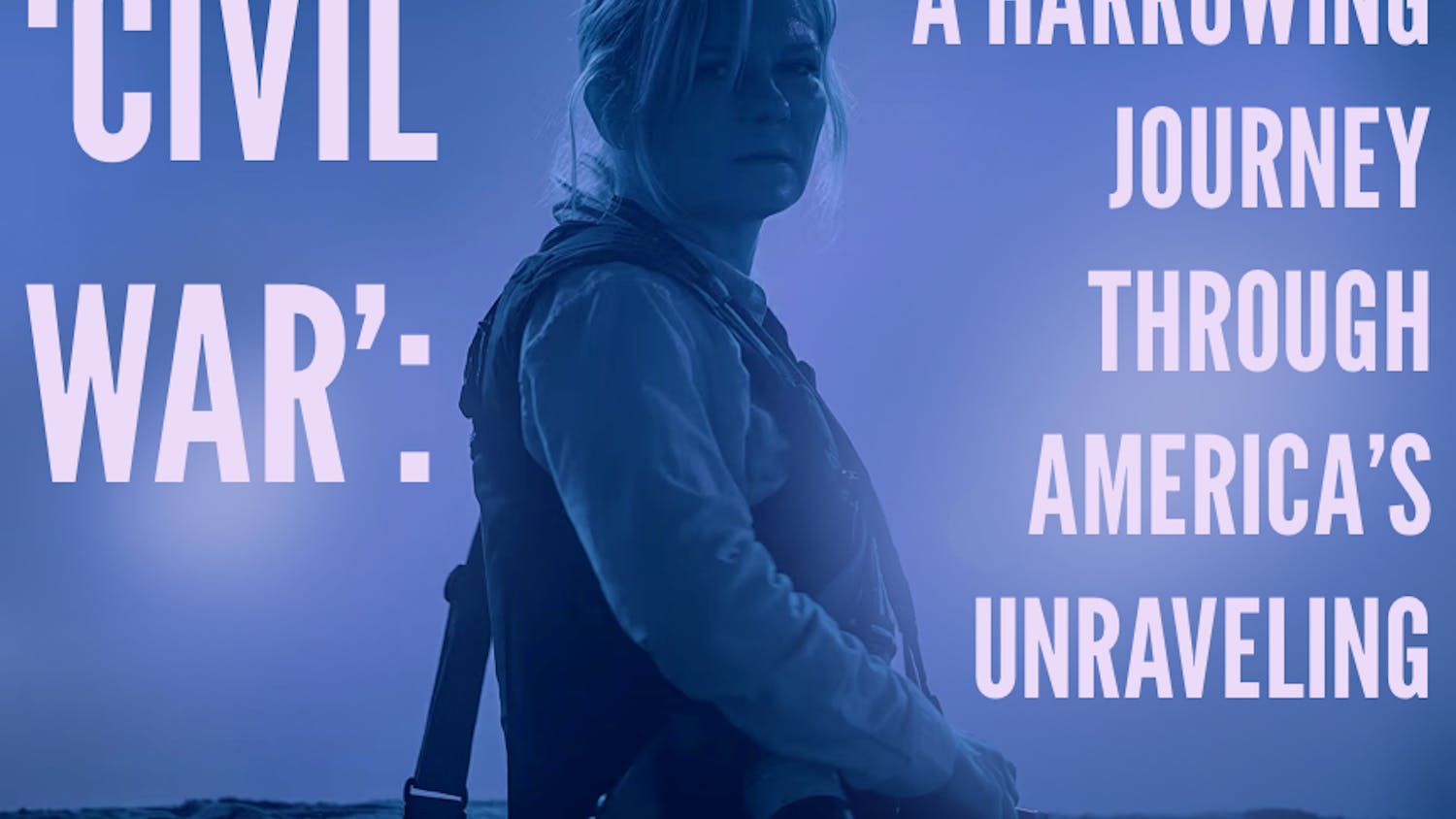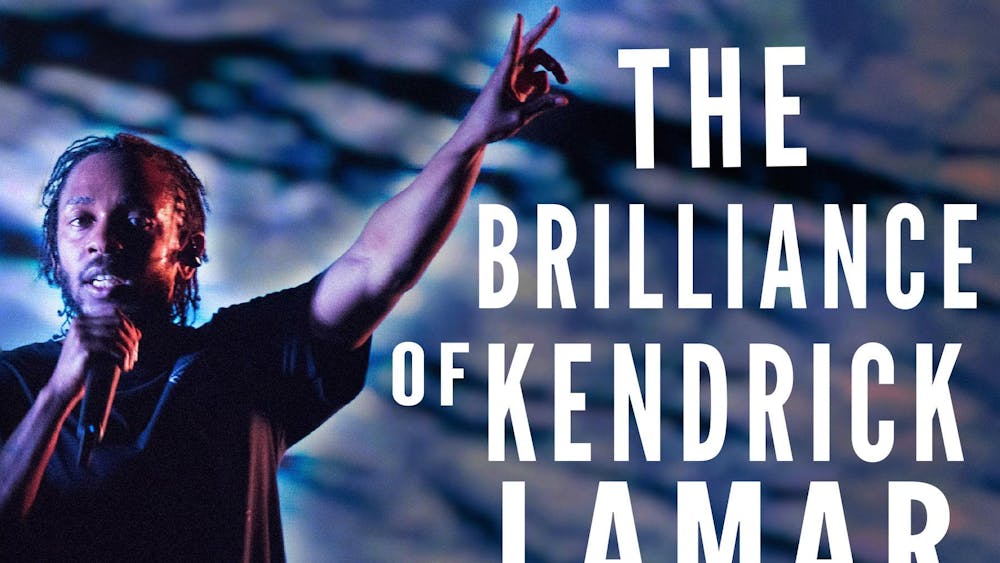
If you’ve been following the Awards Season discourse at all, you’ve likely heard “Drive My Car” mentioned numerous times. Thus far, the film has been declared winner of the BAFTA Award for Best Film Not in the English Language and of the Cannes Film Festival Prix du Scénario (Best Screenplay). “Drive My Car” has also earned nominations for numerous Oscars, including Best Picture and Best Director. Needless to say, the film is a bit of a hot topic in the world of cinema.
“Drive My Car” was directed by Ryusuke Hamaguchi and is based on the Haruki Murakami short story of the same name. The movie's plot follows an actor and theater director, Yūsuke Kafuku (Hidetoshi Nishijima), who is staging a production of Chekov’s “Uncle Vanya” for a theater workshop in Hiroshima. This staging is taking place two years after the loss of Kafuku's wife, who died while he was starring in a different production of the same film. Yūsuke is paired with Misake Watari (Tôko Miura), a young woman who chauffeurs him around Hiroshima. The two of them grow close over the course of the six-week production process and develop a special bond as they each navigate their grief.
The film is an exercise in Slow Cinema, a genre of filmmaking that is characterized by the use of long takes; a minimalist, observational style; and a minimal plot. That is to say, this is not a film driven by plot — rather, dialogue and character are the most powerful forces at work here. There is no edge-of-your-seat action to be found.
The only outburst of violence in the film is never even shown. Instead, we are treated to a rumination on the grieving process, watching characters process trauma, guilt and the connection between life and art. “Drive My Car” slowly and subtly builds to its final crescendo over the course of its three-hour runtime, aided by masterfully written dialogue and characters that draw the audience in. This is an incredibly human film: the emotional connection between viewer and character feels earned and genuine, something that is all too rare in cinema today.
The cinematography in this film is a perfect match for the story that is being told. Cinematographer Hidetoshi Shinomiya favors short focal length lenses, wide shots and subtle camera movements with little overt visual flair. These elements combine to create a unique observational style that adds to the reality of the film’s world.
“Drive My Car” uses theater to accentuate the film’s plot, relying upon intertextuality with plays “Uncle Vanya” and “Waiting for Godot” to highlight Yūsuke’s emotional journey. The titular car becomes a space akin to the roadside at which “Godot” takes place, where Yūsuke can wrestle with questions of meaning and reflect upon existence; the protagonist runs himself ragged as he flounders in his search for meaning in his experiences within its unchanging confines.
However, it is through Yūsuke's production of “Uncle Vanya” that the character finds a reason to go on. The words of the play’s final scene echo Yūsuke’s sentiments in the film’s final act as he finally realizes that the answers were in front of him all along. Yūsuke uses his newfound meaning to reimagine Vanya not as a tragic character but as a hopeful one, not looking back upon his regrets but rather reflecting on past opportunities and looking hopefully toward the future. This allows Yūsuke to fully give himself to the role of Vanya with brand new meaning, not only for the character but also for himself. In the end, both Vanya and Yūsuke have life left to live.
“Drive My Car” is a beautifully told story of love, loss, grief and art. It is, without a doubt, one of the finest films in recent memory. Give yourself over to the story and immerse yourself in the world of the film. You’re in the hands of a master filmmaker, so hop in and enjoy the ride. I promise it’s worth your time.
Title: “Drive My Car”
Director: Ryusuke Hamaguchi
Starring: Hidetoshi Nishijima, Tôko Miura
Streaming: HBO Max
If You Like: “The Turin Horse,” “Wheel of Fortune and Fantasy,” “An Elephant Sitting Still”
Shamrocks: 5 out of 5













